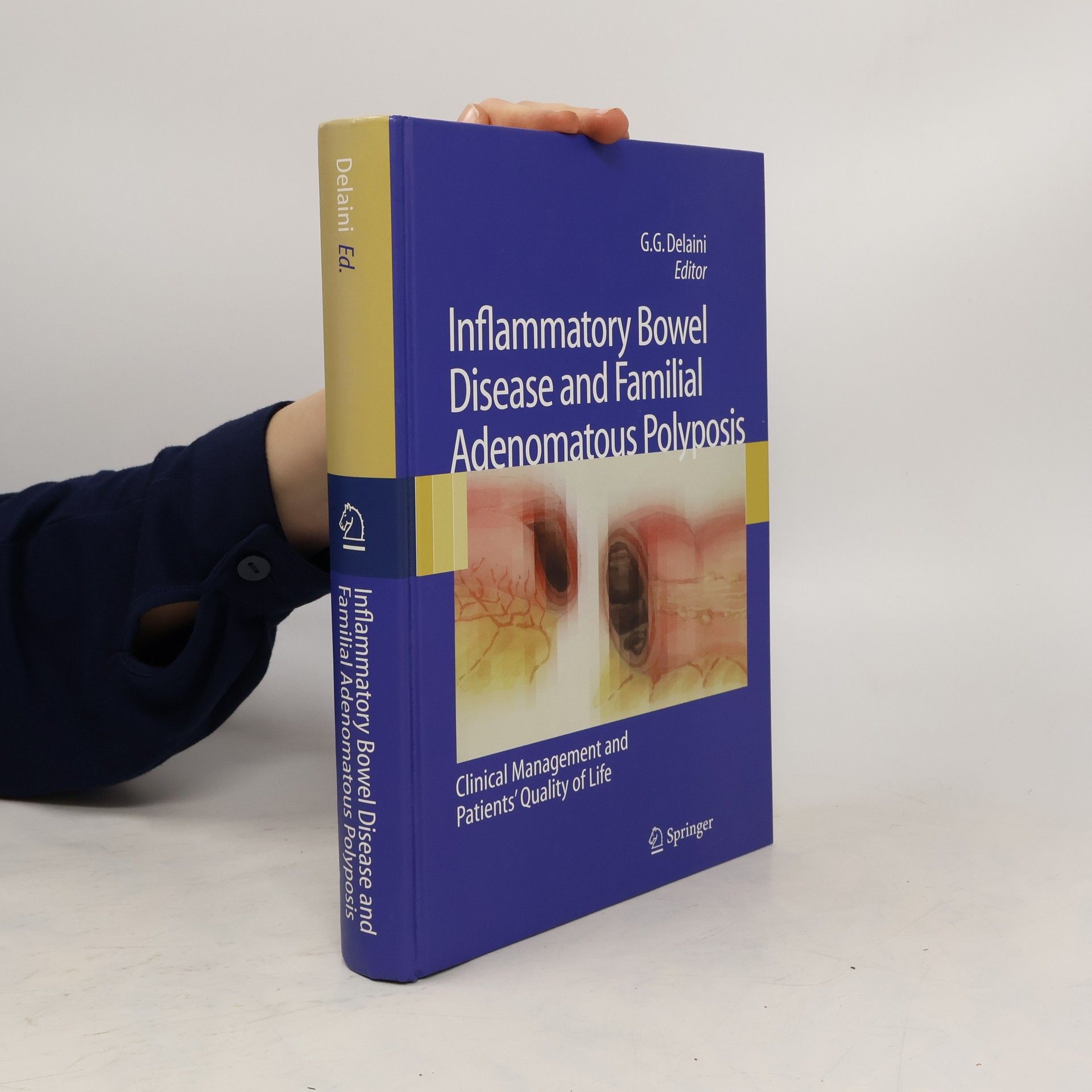Orthopedic Nuclear Medicine
- 500pages
- 18 heures de lecture
Focusing on orthopedic nuclear medicine, this revised edition provides an in-depth exploration of recent advancements and the diagnosis of lesser-known conditions through imaging. It covers essential concepts in anatomy, physiology, pathology, and techniques relevant to clinical practice. Detailed discussions on diagnosing skeletal infections, trauma, and various bone diseases are included, along with new insights into managing bone tumors and prostate cancer metastases. Richly illustrated, this resource is invaluable for orthopedists, radiologists, and other medical professionals involved in diagnostic imaging.

